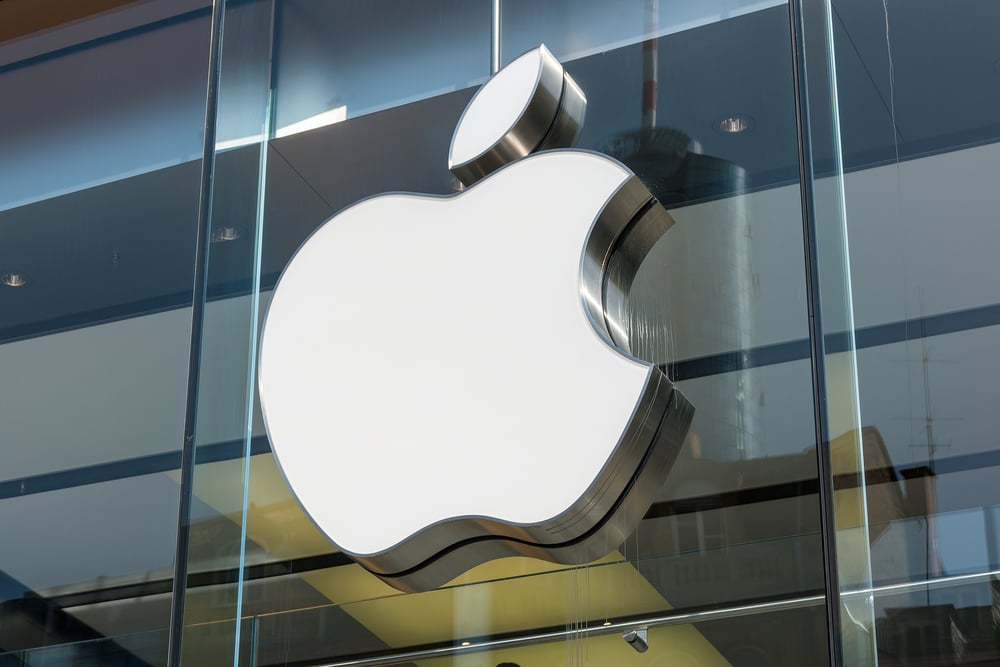The concept of positioning brands and products became popular in the 70s and 80s when the ‘noise’ levels around advertising highlighted the benefits of clear positioning with the success of individual products.
As an example Volvo is clearly associated with safety. Volvo has been an innovator in this area for many years. Similarly, BMW’s Ultimate Driving Machine has built desirability and appeal around it. Mercedes equals luxury and so on.
Radio brands also have clear positioning attributes – both positive and negative – understanding these is often the key to success.
Consumers don’t re-evaluate brand attributes in a clear and rational way – deeply held brand perceptions guide behaviour and often frustrate attempts to change the way listeners see individual products.
In radio there are many examples of stations caught in a ‘positioning trap’ as an example, attempts to ‘modernise’ an old-fashioned brand can fail as the station abandons its traditional audience and fails to attract any new listeners simply because they don’t believe that the brand/station is aimed at them.
Changing brand positioning is difficult – not always impossible, but usually expensive.
Instead of changing brand positioning, modifying something to become close to consumer expectations is a more realistic objective.
In radio this means evolving programming and branding in-line with consumer expectations. Rock doesn’t become Pop simply because management would like it to be. However Rock or Pop positioning may be modified to better fit today’s listeners needs.
Making changes also requires clear communications – along with a clear plan, consumers also need to understand what might be different.
Before any of these steps can happen you need to understand the positioning of your brand without that you stand to lose more than you gain.
Positioning is like a shop window – a clear idea connects:
This ..

Or this*

*Thanks David Lloyd
By Peter Don, BPR


